10 High-Quality Items That Actually Save You Money Long-Term
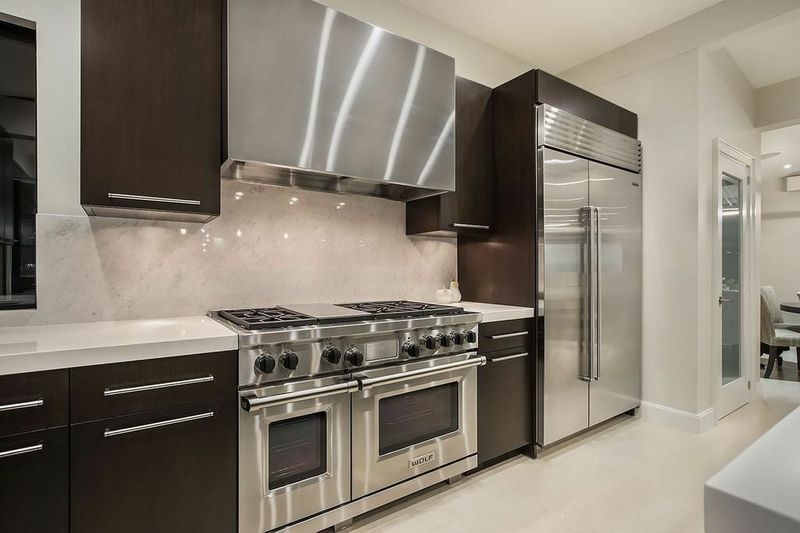
Some purchases may sting at checkout, but they quietly pay you back with every use. While flashy splurges come and go, smart investments work behind the scenes—slashing utility bills, cutting replacements, and saving you from wasteful habits. Think of them as silent financial allies tucked into your daily routine, helping your wallet breathe easier month after month. From durable cookware to energy-saving gadgets, these high-quality items may cost more upfront but ultimately save you serious cash in the long run. Ready to spend smarter, not harder? Here are 10 wise buys that prove quality truly does pay for itself.
1. Premium Mattress: Your Investment in Better Sleep
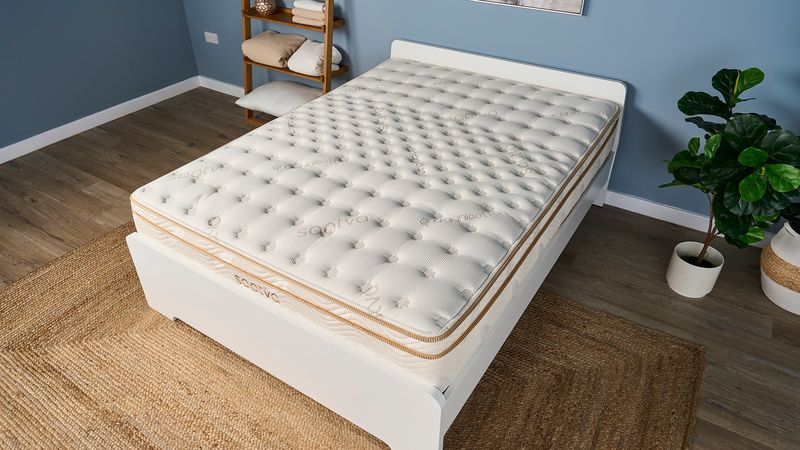
Nothing drains your wallet faster than replacing a cheap, lumpy mattress every few years. A high-quality mattress can serve you faithfully for 8-10 years, while budget options often surrender after just 3-5 years of use.
Beyond the obvious replacement savings, premium mattresses deliver better sleep quality, potentially reducing healthcare costs related to back pain and sleep disorders. Many top brands offer decade-long warranties, proving their confidence in durability.
Memory foam, hybrid, or natural latex options might sting your budget initially, but average out to mere cents per night over their lifespan. Your back and bank account will thank you!
2. Energy Star Appliances: Slashing Bills While Saving the Planet
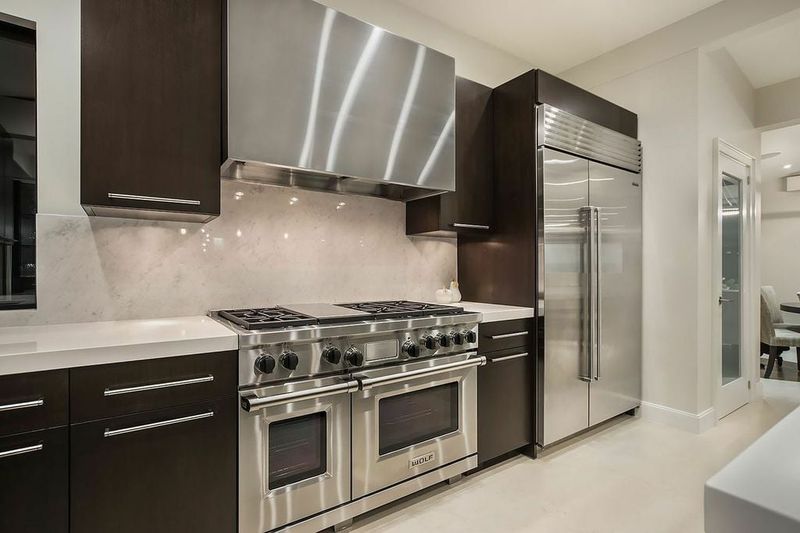
Those little blue Energy Star labels aren’t just decorative—they’re practically money printers in disguise. Modern energy-efficient refrigerators, washing machines, and dishwashers can cut electricity consumption by up to 60% compared to older models.
A family replacing a 15-year-old refrigerator might save $200 annually on electricity. The math becomes compelling when you consider most quality appliances last 10-15 years. Smart features like delayed starts let you run cycles during off-peak hours when utility rates drop.
While the price tags might be 15-30% higher than basic models, the investment typically pays for itself within 2-4 years of ownership.
3. Smart Thermostat: The Little Device With Big Savings
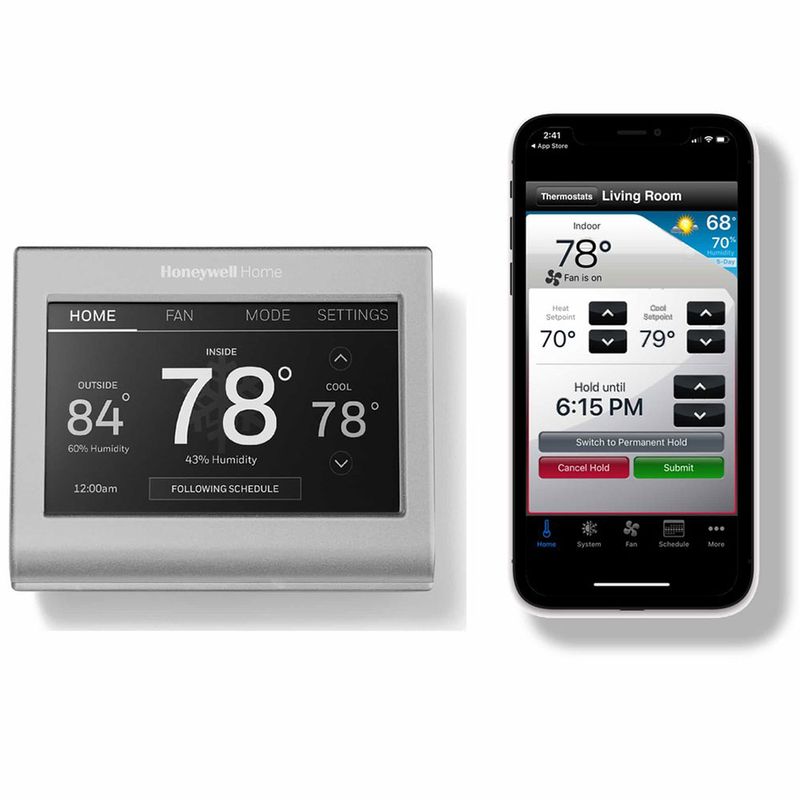
Remember when programmable thermostats seemed high-tech? Smart thermostats have left them in the dust. These intelligent devices learn your schedule, preferences, and home’s heating/cooling patterns to maximize efficiency without sacrificing comfort.
Models from brands like Nest, Ecobee, and Honeywell can slash heating and cooling costs by 15-23% annually. For the average American household spending $1,500 yearly on climate control, that’s $225-345 back in your pocket each year!
Installation takes about 30 minutes for most homes with existing wiring. Many utility companies even offer rebates that can cut the purchase price in half, making the payback period as short as a few months.
4. Cast Iron Cookware: Grandma’s Secret to Cooking Wealth

Cast iron pans have survived centuries for good reason—they’re virtually indestructible. While cheap non-stick pans need replacement every year or two as coatings flake, a $40-80 cast iron skillet might be the last pan you’ll ever buy.
Heat distribution in quality cookware means more even cooking, less burned food, and lower energy use. Lodge, Le Creuset, and other premium brands retain heat so efficiently you can often turn off the stove before finishing cooking, using residual heat to complete the job.
Properly seasoned cast iron develops a natural non-stick surface that improves with age—unlike those deteriorating bargain pans. Plus, they add beneficial iron to your diet, potentially reducing supplement costs!
5. Quality Footwear: Walking Away From Wasteful Spending
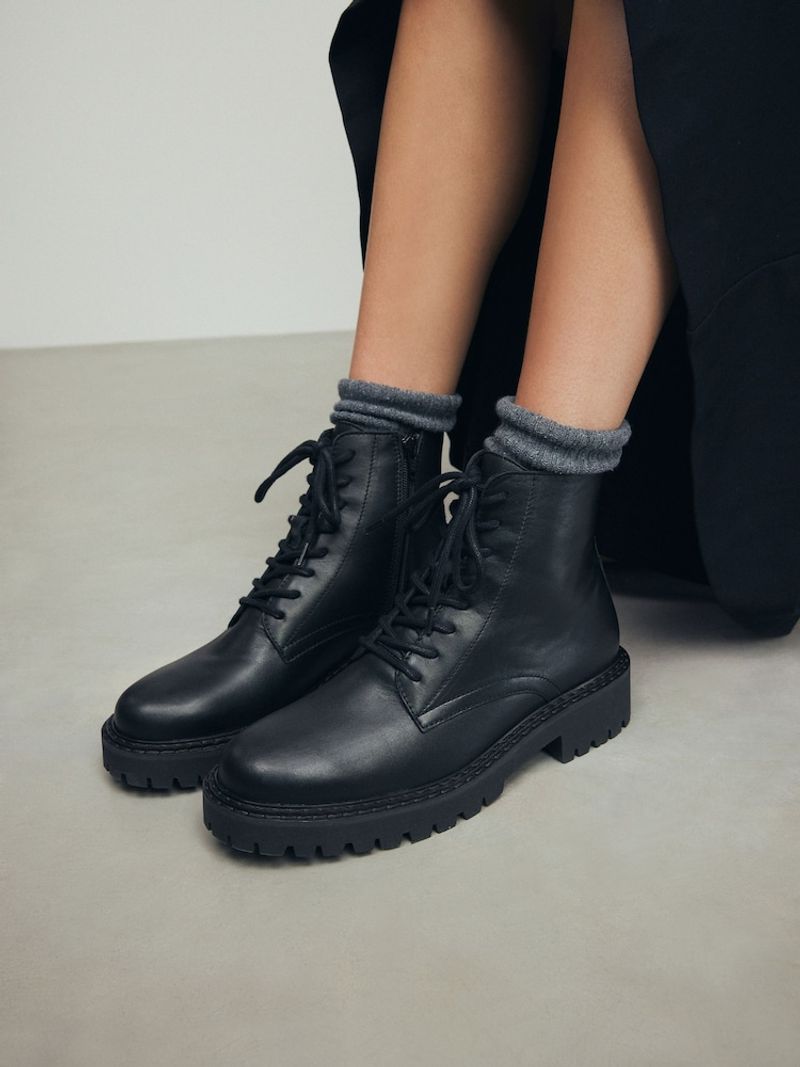
The $30 shoes that fall apart after three months aren’t the bargain they appear to be. Quality footwear from brands known for craftsmanship might cost $150-300, but often last 5-10 years with proper care.
Many premium shoe manufacturers offer resoling services, extending life even further. Allen Edmonds dress shoes, Red Wing work boots, or Birkenstock sandals can be completely rebuilt for a fraction of replacement cost. Good shoes also provide proper support, potentially reducing doctor visits for foot, knee, and back problems.
The cost-per-wear calculation tells the true story: $30 shoes lasting 3 months (about 90 wears) cost 33¢ per use, while $200 shoes lasting 5 years (about 1,500 wears) cost just 13¢ per use.
6. Water System: Turning Tap Water Into Savings
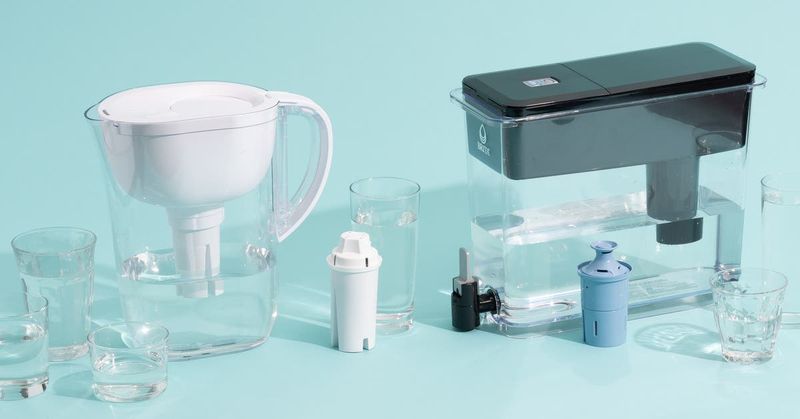
Americans spend billions yearly on bottled water—roughly $5-15 per gallon for something that flows nearly free from taps. A quality water filter pitcher costs $20-40 and filters about 40 gallons before needing a $5-10 replacement cartridge.
For families drinking bottled water, savings add up astonishingly fast. A household consuming just one case weekly might spend $520 annually, while filtered tap water costs about $50 for the same amount. Under-sink systems cost more upfront but offer even greater long-term value.
Beyond financial benefits, you’ll prevent hundreds of plastic bottles from entering landfills or oceans. Some filters even remineralize water, potentially improving taste beyond bottled alternatives while delivering health benefits.
7. Rechargeable Battery Kit: Powering Devices, Preserving Wealth
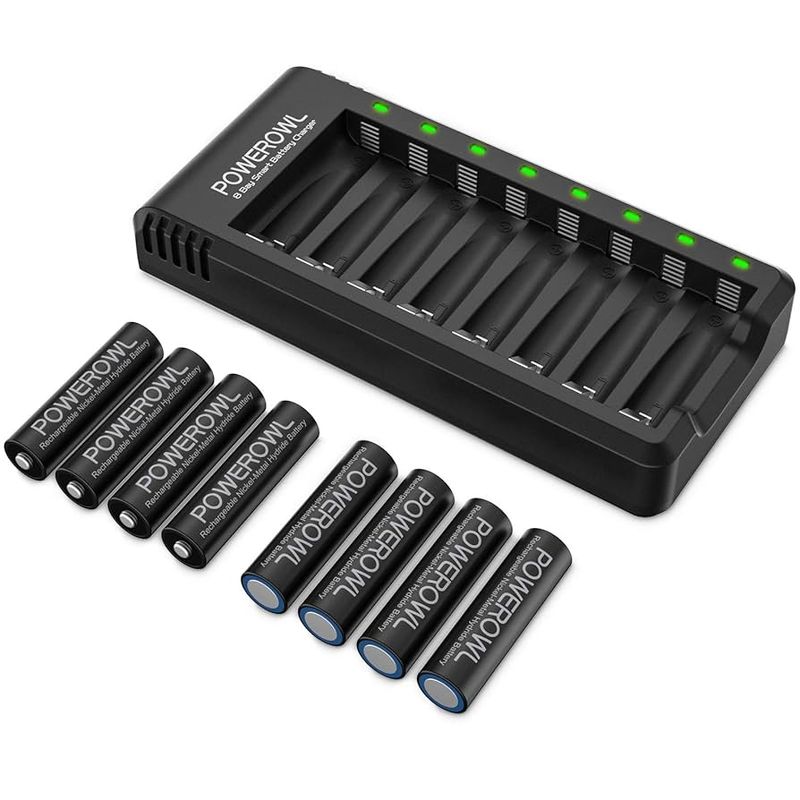
Battery-operated devices seem innocent until you calculate their feeding habits. A family using 20 disposable AA batteries monthly spends roughly $120-180 annually on these power cells that quickly end up in landfills.
A quality rechargeable battery starter kit with 8 AAs and a charger costs $25-40 but can be recharged 500-1000 times before performance degrades. Modern NiMH rechargeables hold power longer than older generations and work in high-drain devices like cameras and game controllers.
The math becomes even more favorable for households with children’s toys, wireless gadgets, or emergency preparedness kits. Plus, you’ll always have batteries ready when needed—no more late-night store runs when the remote dies!
8. Pressure Cooker: The Time-Saving Money Machine
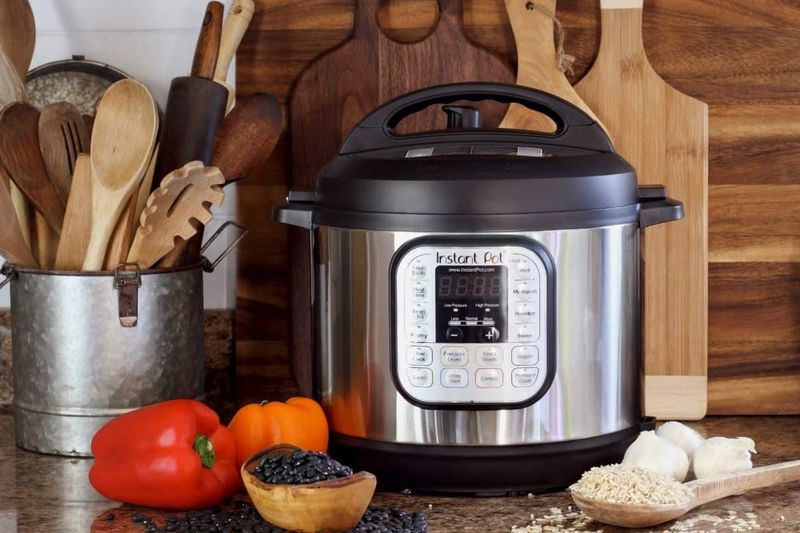
Modern electric pressure cookers transform meal preparation economics. Devices like Instant Pot or Ninja Foodi convert tough, inexpensive cuts of meat into tender meals in minutes rather than hours, expanding your ingredient options to include more budget-friendly choices.
The real savings come from reducing takeout frequency. If a busy family skips just two $40 takeout meals monthly by using their pressure cooker instead, they’ll save nearly $1,000 annually. Energy efficiency adds another dimension—pressure cookers use 50-75% less electricity than conventional cooking methods.
Many models include multiple functions (slow cooker, rice maker, yogurt maker), eliminating the need for several single-purpose appliances and freeing up valuable kitchen space.
9. Quality Timepiece: When Time Literally Equals Money

Wearing disposable fashion watches might seem economical until you’ve replaced your tenth $30 timepiece. A well-crafted watch from brands like Seiko, Hamilton, or Tissot in the $300-500 range can function flawlessly for decades with occasional servicing.
Unlike smartphones needing replacement every few years, mechanical watches often appreciate in value. Many Swiss and Japanese manufacturers maintain parts inventories for decades, ensuring repairability. Some families pass quality watches through generations, transforming a practical purchase into an heirloom.
Automatic movements harness your natural arm motion to wind themselves—no batteries required. The craftsmanship also delivers greater accuracy and reliability, potentially preventing those costly moments when you’re late because your cheap watch stopped.
10. Bidet Attachment: The Bathroom Revolution Your Budget Needs
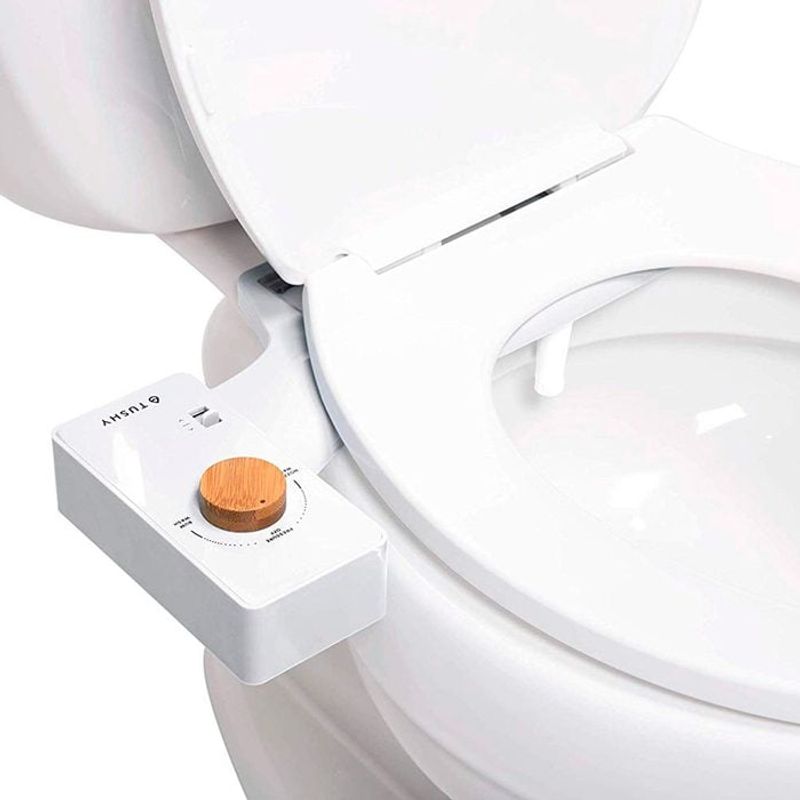
Americans flush money away with every toilet paper roll. A family of four typically spends $250-300 annually on toilet paper—more when prices spike during shortages. Basic bidet attachments cost $25-50 and install in minutes without plumbing expertise.
These devices reduce toilet paper usage by 75-95%, paying for themselves within months. Premium models offering warm water, adjustable pressure, and heated seats cost more but deliver comfort that makes returning to paper feel primitive.
Beyond financial benefits, bidets provide superior hygiene and gentler cleaning, potentially reducing costs for medicated wipes or creams. They’re also environmentally friendly, saving approximately 384 trees over a lifetime of use compared to toilet paper dependence.

Comments
Loading…